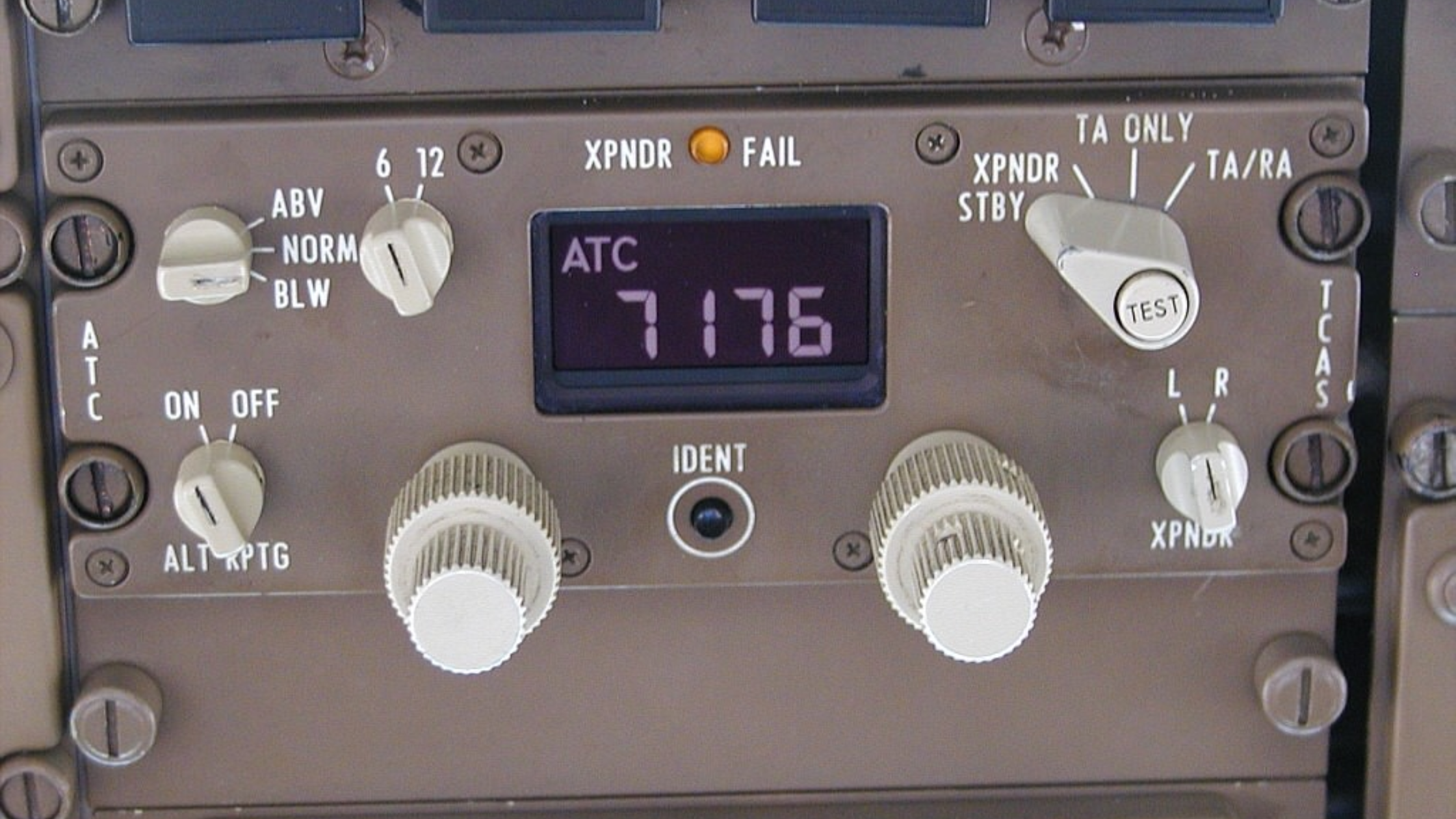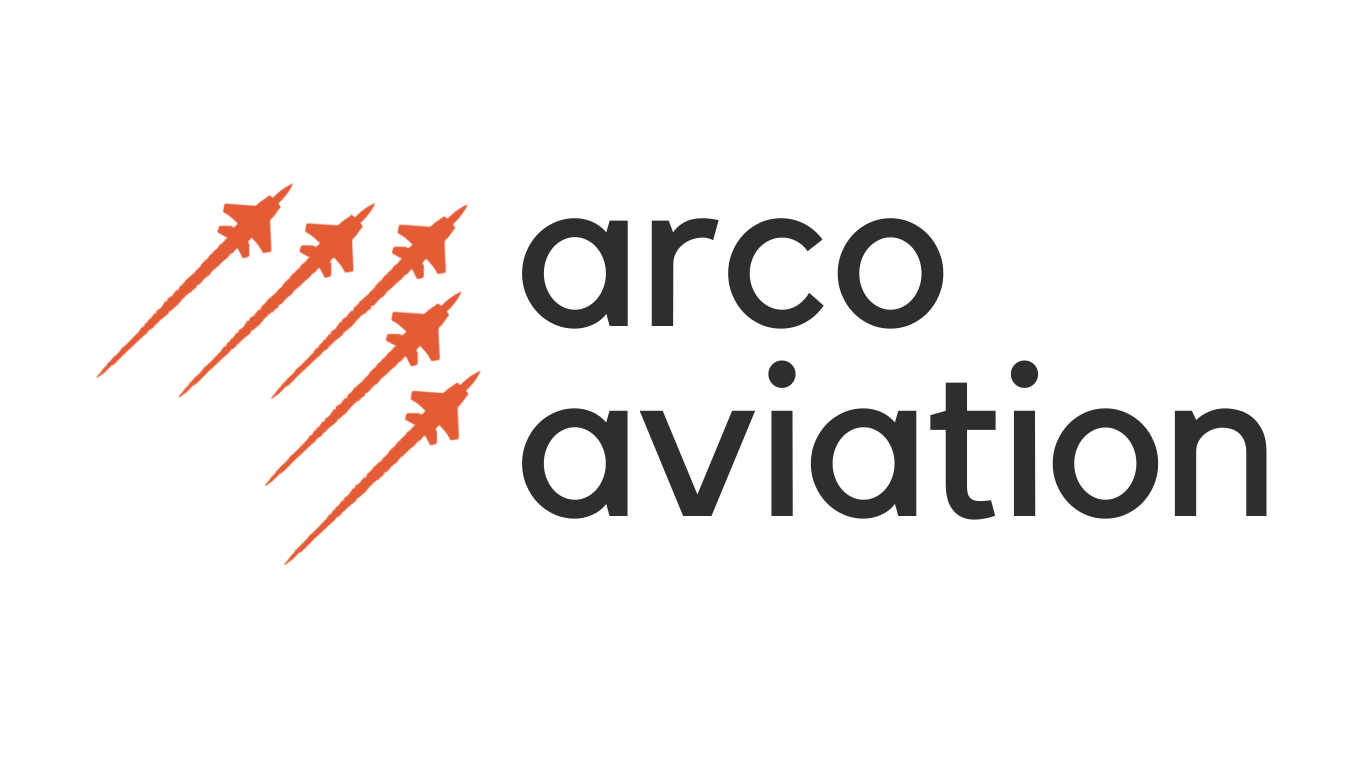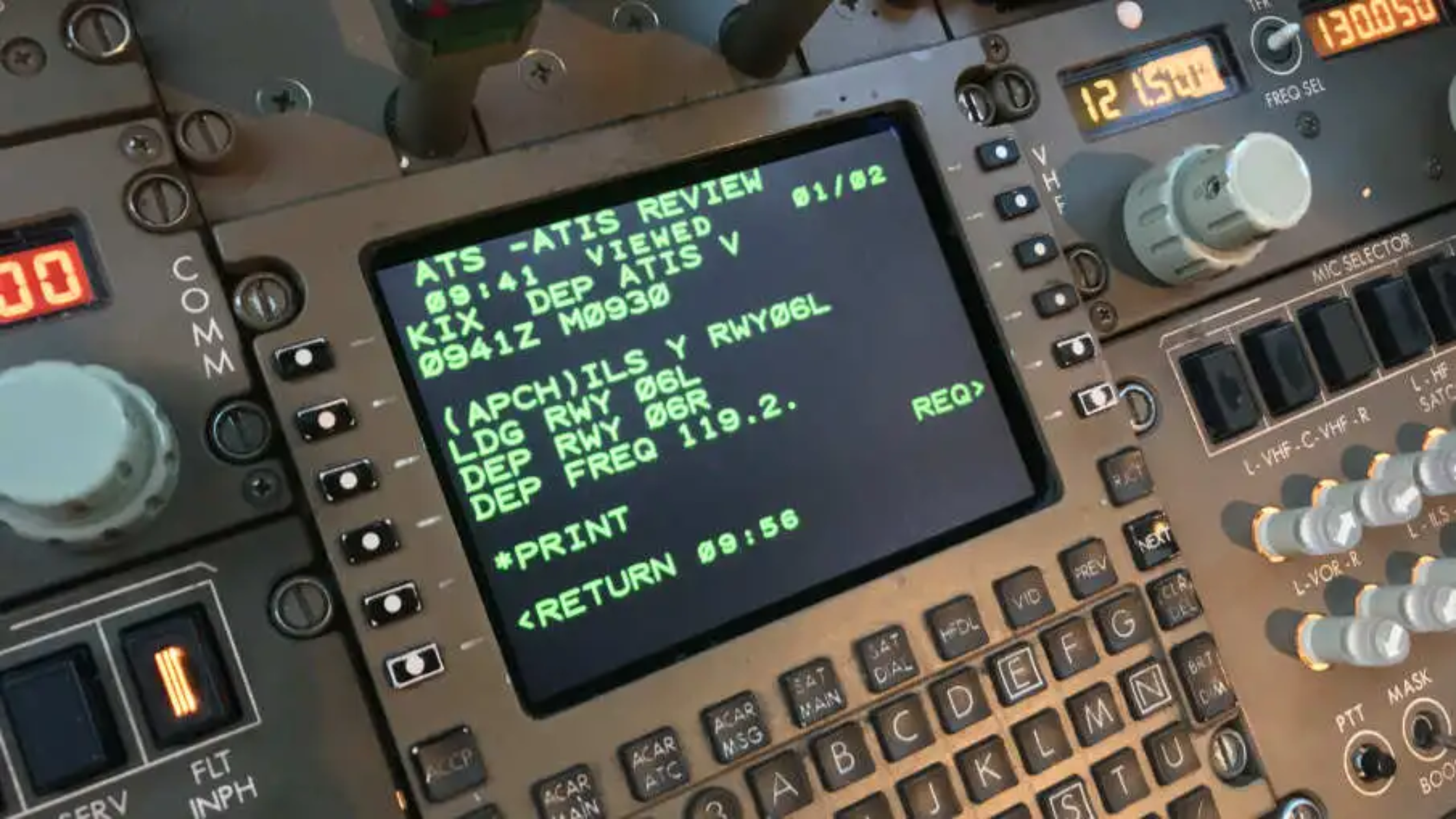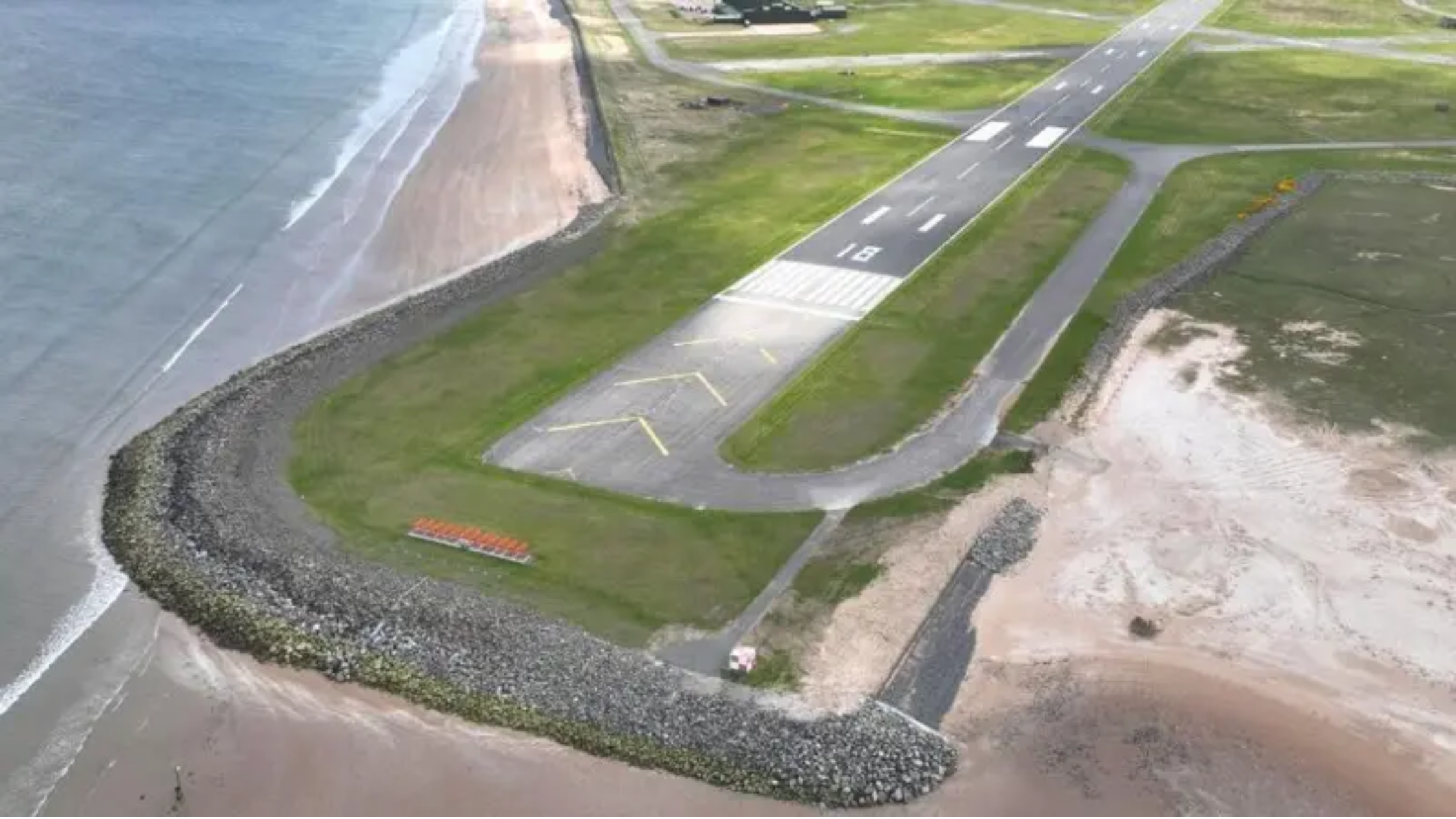
Understanding Squawk Codes: What They Mean and Why Pilots Use Them
What Are Squawk Codes?
If you’ve spent any time listening to air traffic control or sitting in a cockpit, you’ve probably heard the word “squawk” thrown around. But what does it actually mean?
Simply put, a squawk code is a four-digit number assigned by air traffic control (ATC) and set on a pilot’s transponder. This code helps ATC identify individual aircraft on their radar screens. Each transponder sends back a signal with altitude and position info, linked directly to that squawk code. Think of it as a digital ‘Hi, it’s me!’ from the aircraft.
The numbers range from 0000 to 7777, offering thousands of unique combinations. But some codes carry specific meanings that every pilot flying in the UK—or anywhere, really— should know.
The Important UK Squawk Codes You’ll Hear (and Use)
While most codes are dished out on the fly by ATC, there are a few standard ones that mean the same thing no matter where you are:
| Code | Meaning | When You’d Use It |
|---|---|---|
| 7000 | VFR Standard | Flying under Visual Flight Rules (VFR) without a specific ATC service. Common for general aviation in open airspace. |
| 7500 | Hijack | Never squawk this by mistake. It tells ATC you’re being hijacked. They’ll respond immediately, quietly, and seriously. |
| 7600 | Radio Failure | Lost comms? Squawk 7600 so ATC knows why you’ve gone quiet. |
| 7700 | General Emergency | Engine failure, medical emergency—anything life-threatening. This code gets priority attention. |
How Are Squawk Codes Used in UK Airspace?
In the UK, squawk codes help ATC keep tabs on everyone—from commercial jets out of Heathrow to weekend flyers heading up to Scotland.
Here’s how it typically works:
-
Departure: Once airborne or about to depart, ATC will assign a squawk code.
-
Set It: Pilots dial it into their transponder. Modern ones are easy to set—older models, maybe a bit more fiddly!
-
Radar Contact: That’s it—you’re now a little blip with a label. ATC knows your altitude, callsign, and where you’re heading.
For most GA pilots flying VFR, unless you’re under a radar service or talking to a specific unit, you’ll squawk 7000. But hop into controlled airspace, and expect to be handed a discreet code.
Conspicuity Codes in the UK
In the UK, we have what’s called conspicuity codes—squawk codes that mean “I’m here, but I’m not talking to anyone.”
-
7000 – VFR conspicuity (as above)
-
2000 – IFR conspicuity
-
0033 – Used when gliding
Glider pilots, paragliders, and even balloonists sometimes have specific regional codes too, so always check NOTAMs and local procedures before you head out.
A Quick Word on Mode C and Mode S
Modern transponders (Mode S) do more than just send out your code—they also ping back your flight number, airframe details, and altitude. Mode C provides altitude but less detail.
Most UK airfields now expect Mode S if you’ve got it, especially anywhere near controlled airspace. If you’re still running older kit, worth a think about upgrading—makes life easier for everyone.
Final Thoughts: Know Your Codes
Squawk codes aren’t just numbers—they’re part of the language of the sky. Using them properly keeps everyone safe and helps ATC keep the skies flowing smoothly.
Whether you’re new to flying or just brushing up, knowing your 7000s from your 7700s is essential kit. And if you’re after transponders, kneeboards, or any kit to make your cockpit life easier, take a look at what we have to offer. We’ve got everything you need to stay sharp and fly safe.
Learn more and connect with us:
Instagram: @arcoaviation


